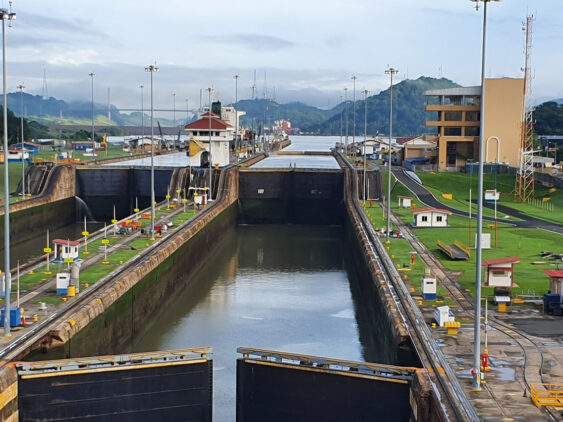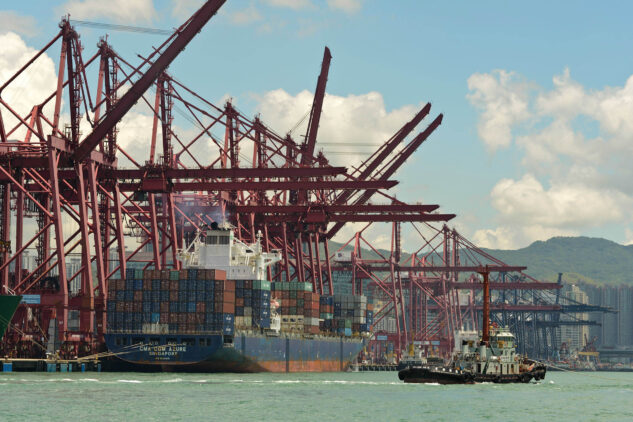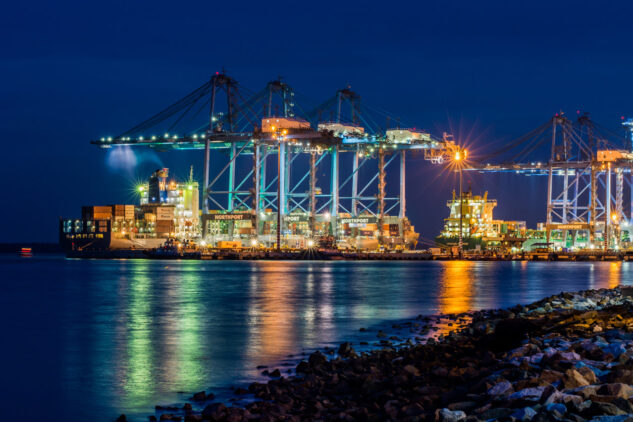Global trade seemed to have arrived in calmer waters. But after riding a storm of uncertainty, cost increases and delays over the last six months, the closure of the Port of Baltimore caused by the collapse of the Francis Scott Key Bridge has shone a new spotlight on the sensitivity of logistics to maritime incidents.
While the impacts of the Dali’s recent bridge collision aren’t likely to be severe on a global scale, this incident is the latest in a sequence: ships diverting to avoid Houthi attacks in the Red Sea, and drought in the Panama Canal causing stringent limits on the amount of traffic which can pass across Lake Gatun.
All of this has a bearing on how much it costs and how long it takes to move overseas – especially when it comes to moving possessions to a new home abroad.
So as the USA rallies to resolve a new shipping crisis on its shore, what is the state of play with some of the other major issues which are adding complexity, delays and cost to moving goods around the world? And what should you do as you prepare to relocate and ship your possessions around the world?







